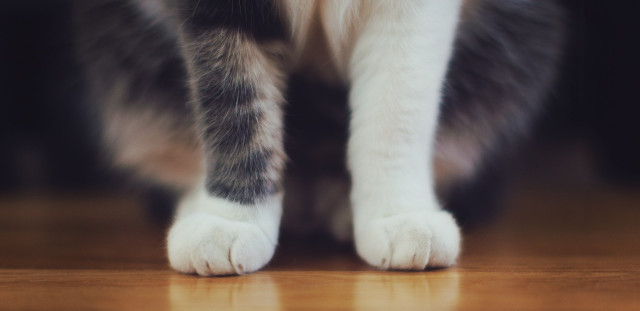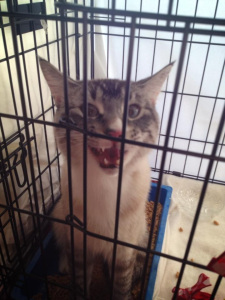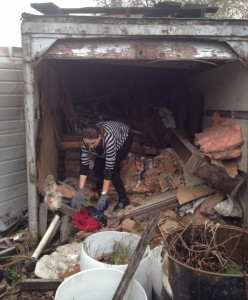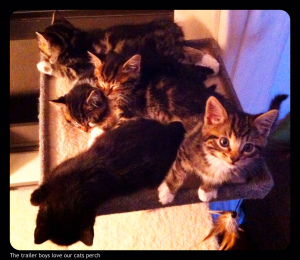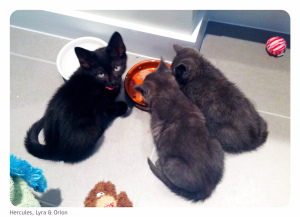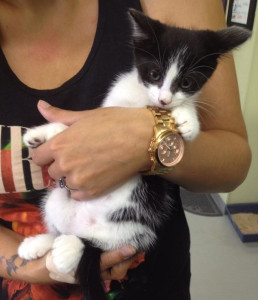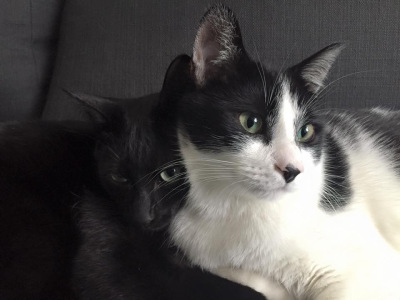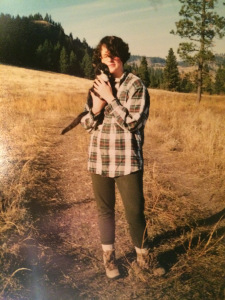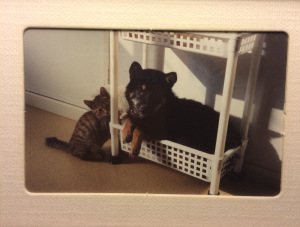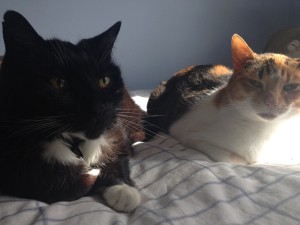We received the following heart wrenching letter on March 22, 2016.
To whom it may concern,
I’m a renter and my family has recently welcomed our second child! We are now a family of 6 – Dad, Mom, Toddler, Baby, Dog & Cat. We rent because we don’t have a down payment for a home that’s big enough for all of us. We need a minimum of 3 bedrooms. We won’t be having anymore children and our cat & dog are our family.
I’m writing this because for the past year we have been searching for a home for the 6 of us to rent in Vancouver. 1 full year of searching. The added stress to my pregnancy was terrible. We needed a bigger home for the humans that had at least 3 bedrooms, of course, but that wasn’t our biggest issue. Our dog is 60 pounds. She is far from a large dog, she’s a medium dog. She’s a mix breed that we rescued from the SPCA because we love dogs and believe a house isn’t a home without pets.
My husband and I grew up with homes full of pets; dogs, cats, hamsters, fish and bunnies. We both agreed that the memories we both had from animals in the home were extremely important to us for our kids. Our dog is wonderful and is my toddlers best friend. The idea of sending our dog back to the SPCA is out of the question. Our dog is our family.
Our cat was rescued from VOKRA years ago and my lap is never cold because our cat takes the job of “snuggler” very seriously. I have cried into our cats fur several times because it looks like we might have to send both our pets back to the very shelters we saved them from.
I’m writing this to you because my family finds itself in a horrible position: we can’t afford to buy a home in this city, but we also can’t rent in this city because not all our family members are welcome. “No pets” has become the normalcy in rentals and this means my toddler will lose his best friend and I will lose my lap warmer. Right now our current home allows all 6 of us, but it’s just too small. We need to grow into a bigger home, except there isn’t one that allows all of us to live in. Something has to give.
In Ontario a landlord has to accept your entire family – including your pets, why doesn’t British Columbia do that for us? We are not loud or messy or irresponsible. And yet, we can’t find anywhere to live in the city my husband and I both grew up in. We are getting to the point that both our dog and cat will be returned to the SPCA and VOKRA. Please help us. Please fix the housing crisis that this city faces. We can afford to live here as renters, we just aren’t all welcome.
Signed,
A Vancouver Renter
